To witness the evolution of car engineering and design, one must look at the turbocharged cars that have redefined performance and innovation. These vehicles not only pushed the boundaries of speed and power but also changed the way manufacturers approached the art of car-making. From legendary sports cars to groundbreaking sedans, these turbocharged icons have left an indelible mark on the automotive industry.
Porsche 911 Turbo (930)
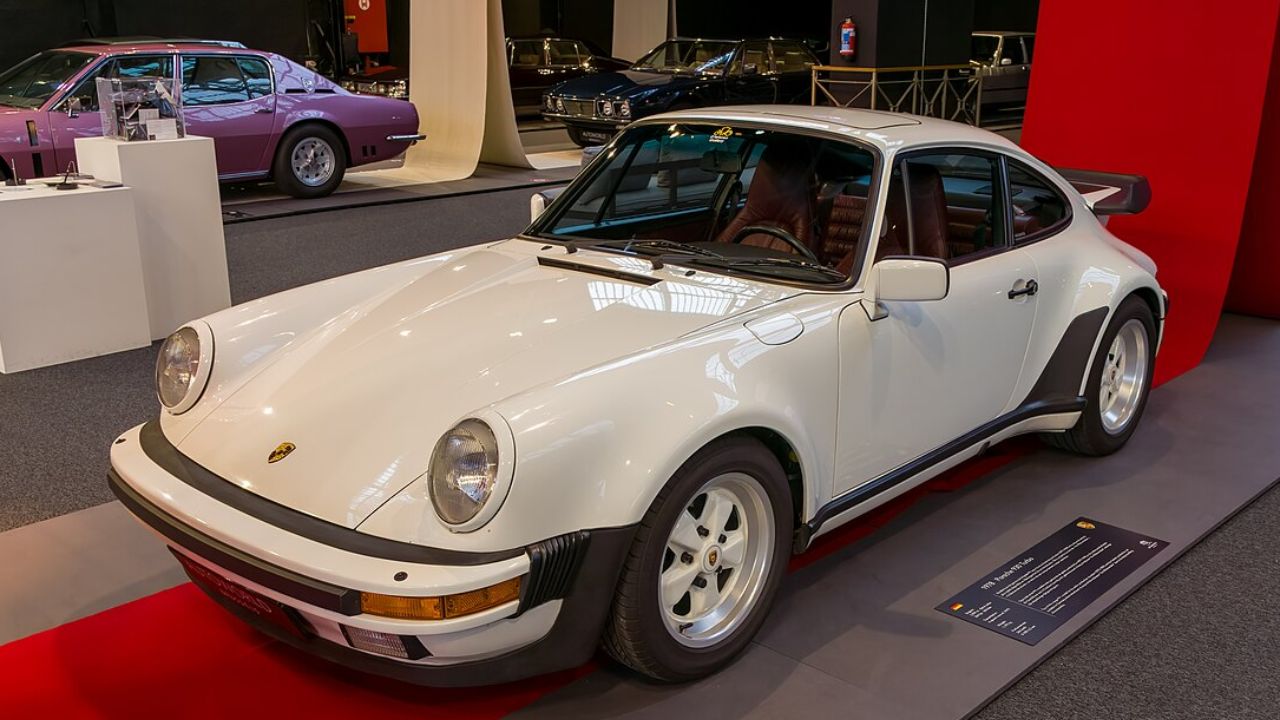
The Porsche 911 Turbo, specifically the 930 model introduced in 1975, revolutionized the world of sports cars. It was Porsche’s first production turbocharged model, featuring a distinctive whale tail spoiler and wide fender flares. Powered by a 3.0-liter flat-six engine, it produced 260 horsepower, making it one of the fastest cars of its time. The 911 Turbo’s blend of performance and luxury set a new standard for sports cars, influencing future generations of high-performance vehicles.
With its rear-engine layout and sophisticated engineering, the 930 Turbo proved that turbocharging could enhance performance without sacrificing drivability. It became a symbol of Porsche’s engineering prowess and laid the groundwork for future turbocharged models, ensuring its place as a cornerstone in automotive history.
BMW 2002 Turbo
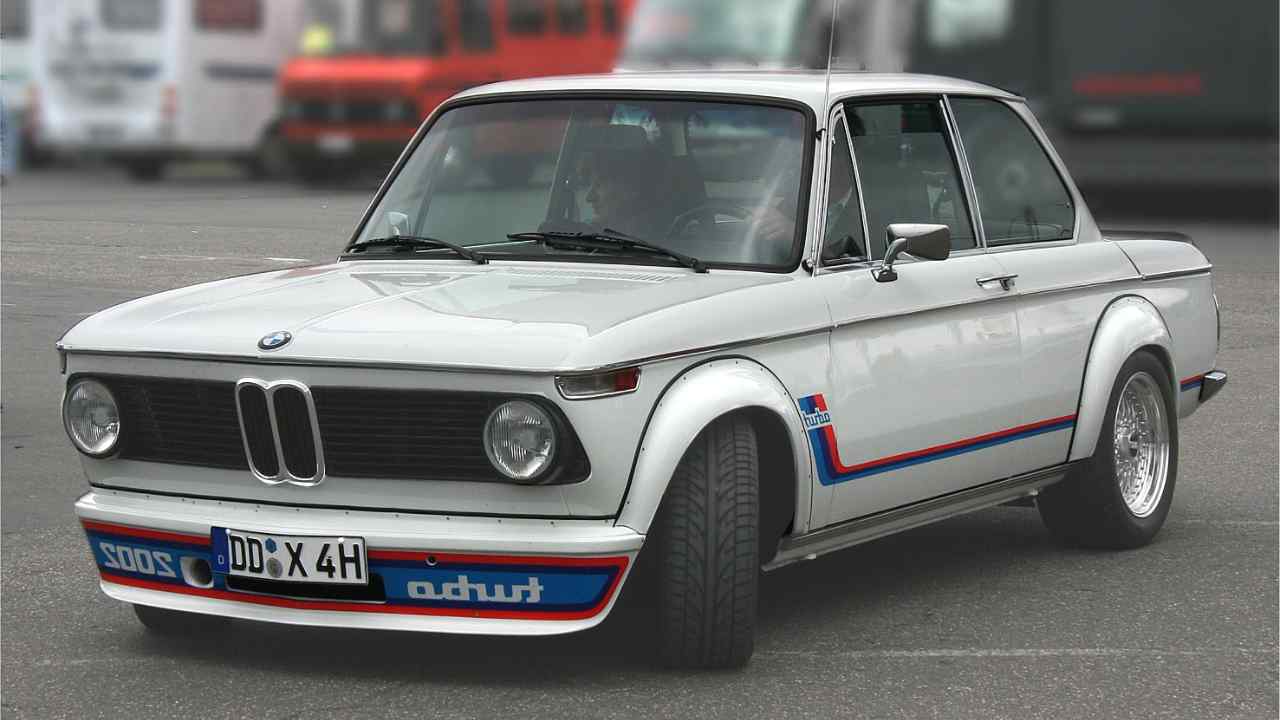
Introduced in 1973, the BMW 2002 Turbo was the first turbocharged car produced by the German automaker and marked a significant moment in automotive history. With a 2.0-liter engine delivering 170 horsepower, it was a powerhouse for its time, capable of reaching 60 mph in just over 7 seconds. The 2002 Turbo featured distinctive graphics and aggressive styling that set it apart from its contemporaries.
This model was not just about raw power; it was a statement on the potential of turbocharging in compact cars. Despite its limited production run, the 2002 Turbo’s influence is evident in BMW’s continued commitment to performance and innovation, paving the way for the brand’s future success in the sports sedan segment.
Saab 99 Turbo
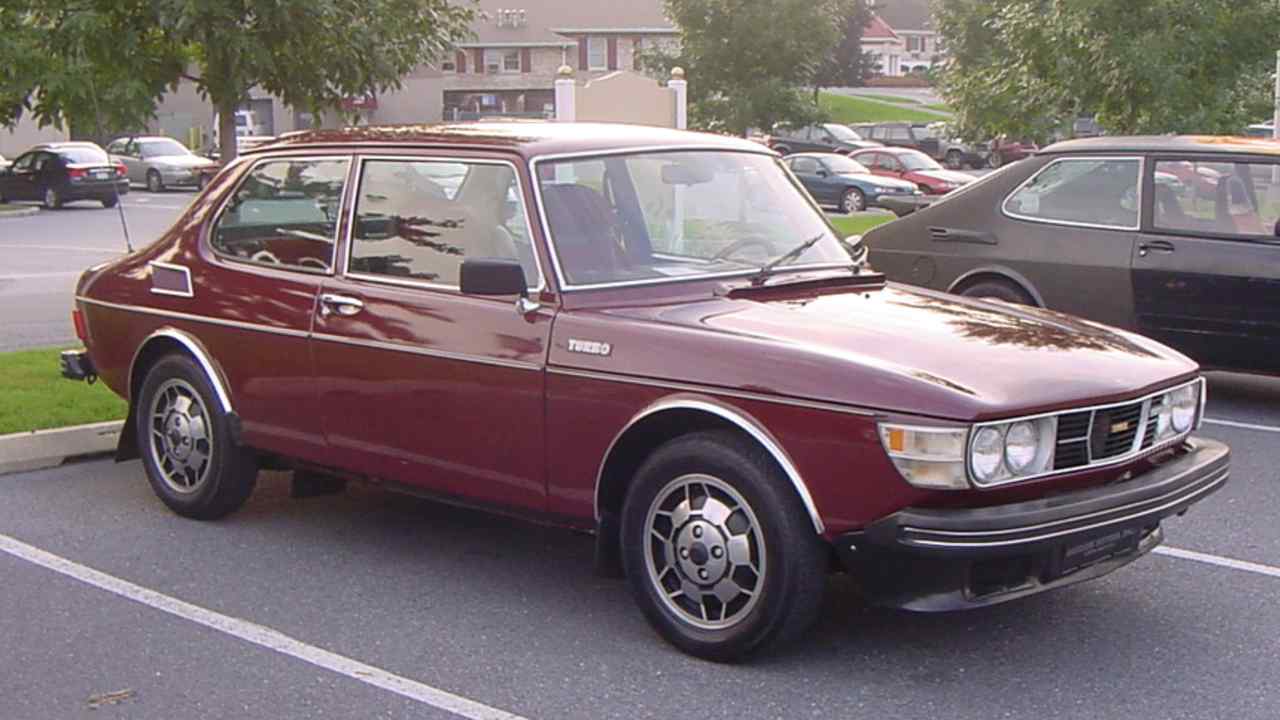
The Saab 99 Turbo, launched in 1978, was a pioneering vehicle that introduced turbocharging to the mass market. With its 2.0-liter engine producing 143 horsepower, it offered impressive performance for a family car. Saab’s innovative approach to turbocharging emphasized fuel efficiency and reliability, making the technology accessible to everyday drivers.
The 99 Turbo’s success demonstrated that turbocharging was not limited to high-end sports cars. It influenced other manufacturers to explore turbo technology for mainstream vehicles, ultimately leading to a broader adoption of turbocharged engines across various car segments.
Mitsubishi Lancer Evolution

The Mitsubishi Lancer Evolution, often referred to as the “Evo,” was a rally-inspired sports sedan that captivated car enthusiasts worldwide. Introduced in 1992, the Evo featured a turbocharged inline-four engine and advanced all-wheel-drive system, making it a formidable competitor on both the road and rally stages. Over the years, the Evo evolved through various iterations, each more powerful and technologically advanced than the last.
With its aggressive styling and exceptional performance, the Lancer Evolution became a favorite among driving enthusiasts and racing teams. Its influence can be seen in the growing popularity of rally-inspired vehicles and the continued development of all-wheel-drive turbocharged technology.
Subaru Impreza WRX

The Subaru Impreza WRX, introduced in the early 1990s, was another rally-inspired car that left a lasting impact on the automotive world. With its turbocharged boxer engine and symmetrical all-wheel-drive system, the WRX offered impressive performance and handling. It quickly gained a reputation for its ability to tackle both gravel and tarmac with ease.
Subaru’s success in the World Rally Championship helped cement the WRX’s status as a performance icon. Today, the Impreza WRX continues to be a popular choice among enthusiasts who value performance and versatility, showcasing the enduring appeal of turbocharged rally-inspired vehicles.
Ford Mustang SVO
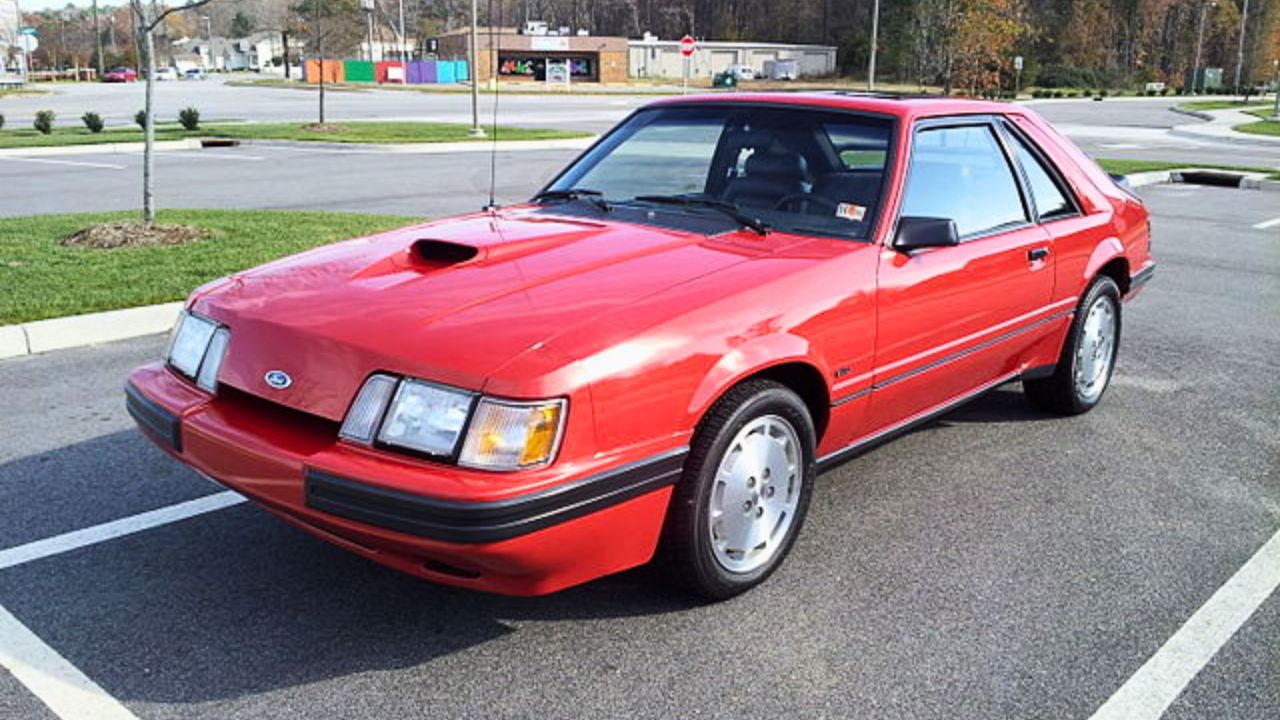
The Ford Mustang SVO, produced from 1984 to 1986, was a unique chapter in the Mustang’s storied history. Equipped with a turbocharged 2.3-liter inline-four engine, it delivered 175 horsepower, offering a different take on performance compared to the traditional V8-powered Mustangs. The SVO featured an advanced suspension system and aerodynamic enhancements, setting it apart from its contemporaries.
Although it was short-lived, the Mustang SVO showcased Ford’s willingness to experiment with turbocharging, influencing future models and contributing to the Mustang’s legacy as a versatile and innovative performance car.
Buick Grand National GNX
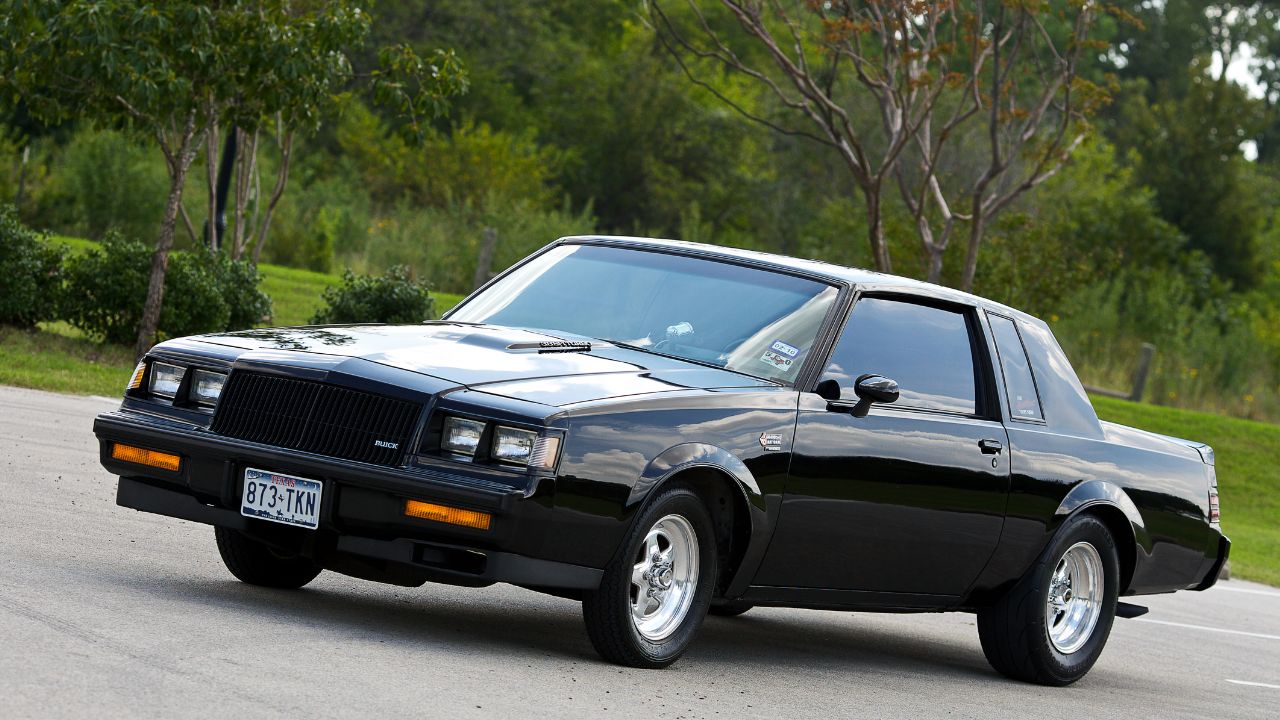
The Buick Grand National GNX, produced in 1987, represented the pinnacle of turbocharged performance for American muscle cars. With a turbocharged 3.8-liter V6 engine producing 276 horsepower, the GNX was a force to be reckoned with, capable of achieving a quarter-mile time in the 12-second range. Its all-black appearance and aggressive styling made it an icon of the era.
The GNX demonstrated that turbocharging could deliver exceptional performance in a domestic muscle car, challenging the dominance of V8 engines and influencing future American performance vehicles. Its legacy endures as one of the most sought-after collector cars from the 1980s.
Toyota Supra (A80)

The Toyota Supra, particularly the A80 model produced between 1993 and 2002, is revered as one of the greatest sports cars of its time. Equipped with the legendary 2JZ-GTE engine, a turbocharged inline-six capable of producing over 320 horsepower, the Supra gained a cult following for its performance and tuning potential.
Known for its starring role in the “Fast & Furious” franchise, the A80 Supra became an icon of car culture. Its impact on the automotive world is profound, influencing the design and engineering of future sports cars while maintaining a loyal fan base to this day.
Nissan GT-R (R35)
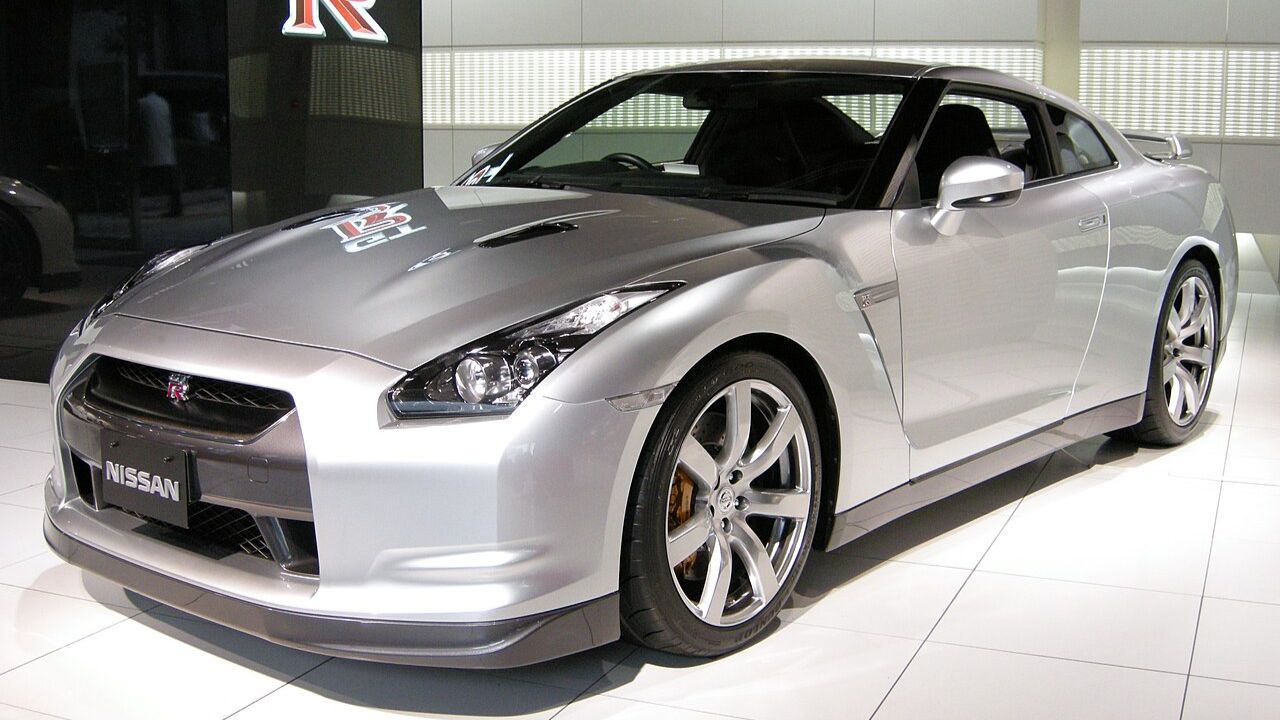
The Nissan GT-R, specifically the R35 model introduced in 2007, redefined the supercar segment with its blend of technology and performance. Powered by a twin-turbocharged V6 engine producing over 480 horsepower, the GT-R offered blistering acceleration and precise handling, earning it the nickname “Godzilla.”
The R35’s advanced all-wheel-drive system and cutting-edge electronics set new benchmarks for performance and accessibility. Its influence extends beyond its impressive specs, inspiring a new generation of high-performance vehicles and cementing Nissan’s reputation as a leader in automotive innovation.
Audi Quattro

The Audi Quattro, introduced in 1980, was a game-changer for the automotive industry, popularizing all-wheel-drive systems in high-performance cars. Its turbocharged inline-five engine and groundbreaking Quattro all-wheel-drive technology set new standards for handling and grip, especially in challenging conditions.
The Quattro’s success in the World Rally Championship showcased the advantages of all-wheel drive, leading to its widespread adoption in both performance and everyday vehicles. Audi’s commitment to innovation and performance can be traced back to the success of the original Quattro, influencing the brand’s direction for decades.
Chevrolet Corvair Monza Spyder
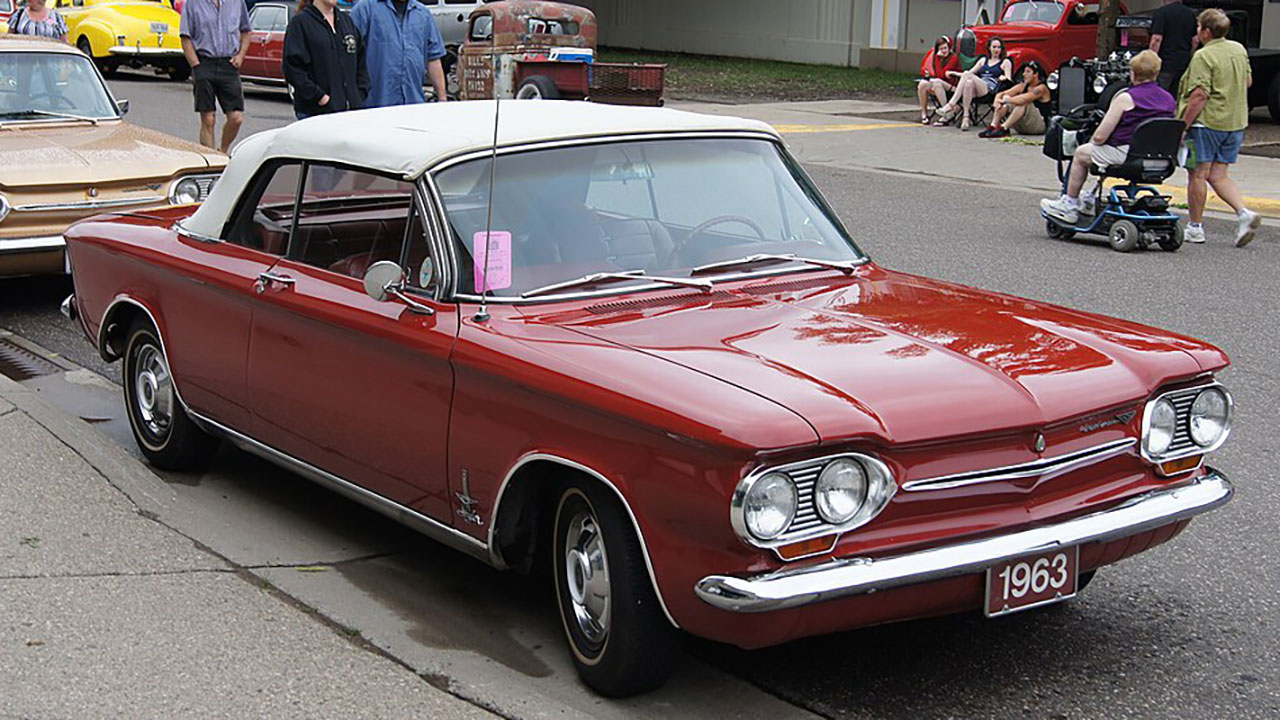
The Chevrolet Corvair Monza Spyder, introduced in 1962, was one of the first American cars to feature a turbocharged engine. Its air-cooled flat-six engine, equipped with a turbocharger, produced 150 horsepower, offering impressive performance for its time. The Monza Spyder’s innovative design and engineering set it apart from traditional American cars of the era.
Although it faced challenges in the market, the Corvair Monza Spyder demonstrated the potential of turbocharging in American vehicles and paved the way for future innovations in performance and engineering.
Ferrari F40
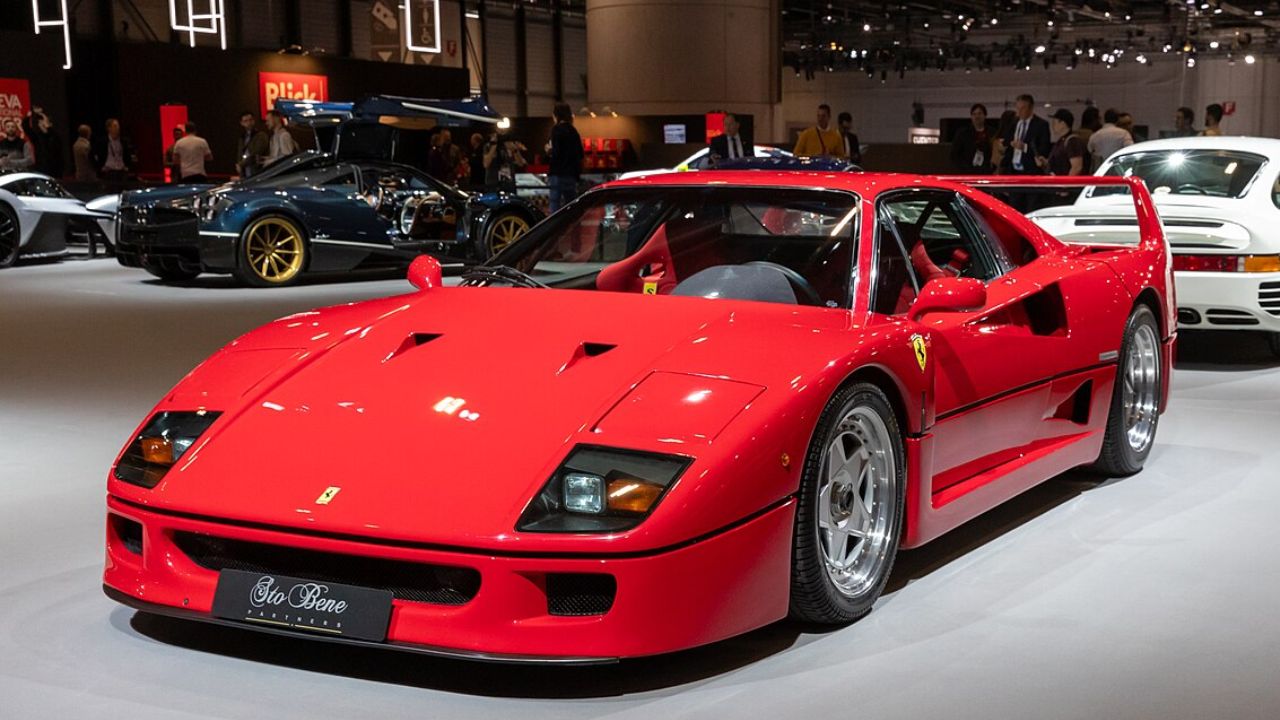
The Ferrari F40, launched in 1987, is often regarded as one of the greatest supercars ever built. It was the last car to be personally approved by Enzo Ferrari and featured a twin-turbocharged V8 engine producing 471 horsepower. The F40’s lightweight construction and focus on performance made it a pure driving machine, capable of reaching speeds over 200 mph.
The F40’s impact on the automotive industry is immeasurable, influencing the design and engineering of future supercars. Its legacy as a performance icon endures, and it remains a highly coveted collector’s item, embodying the pinnacle of Ferrari’s engineering excellence.
Like Fast Lane Only’s content? Be sure to follow us.
Here’s more from us:
*Created with AI assistance and editor review.

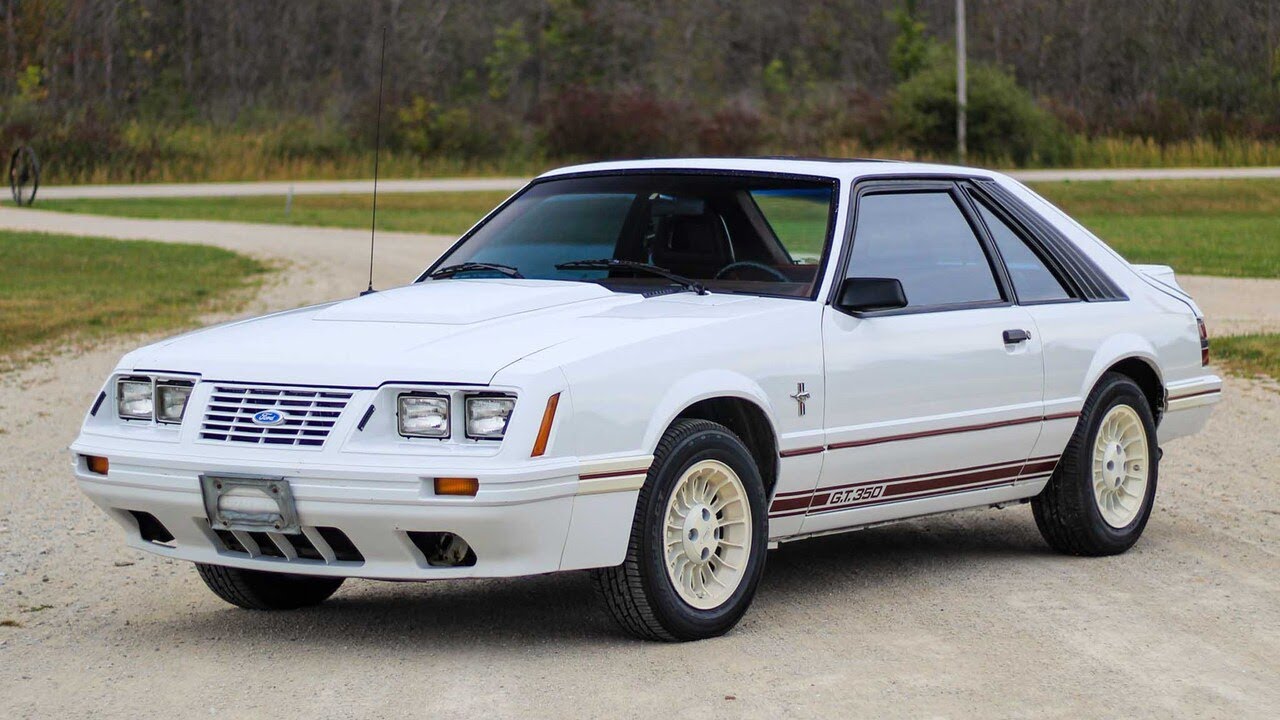
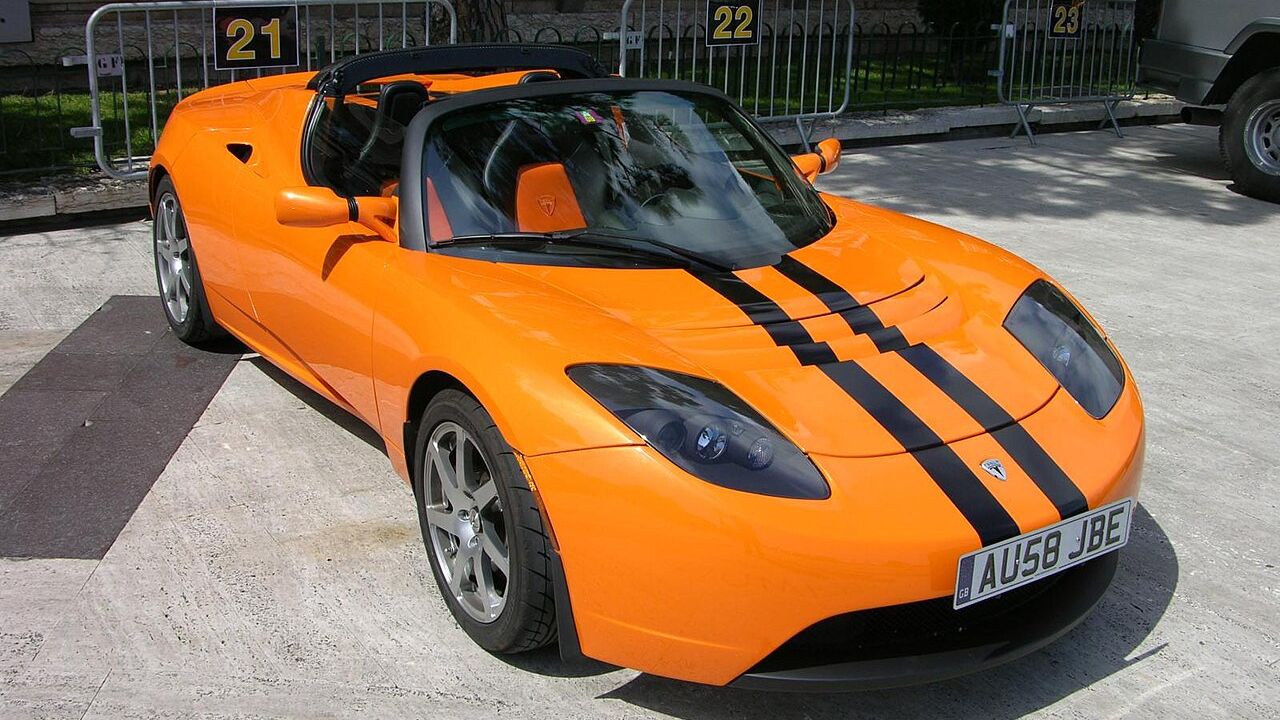

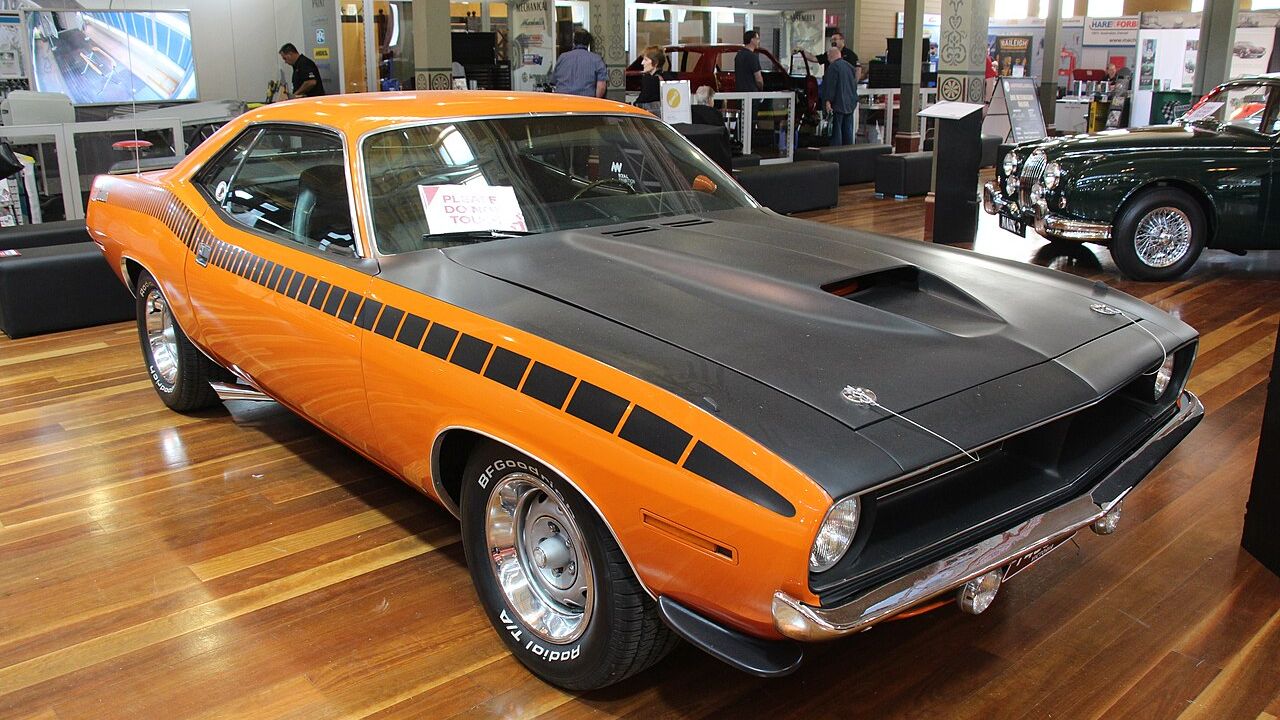
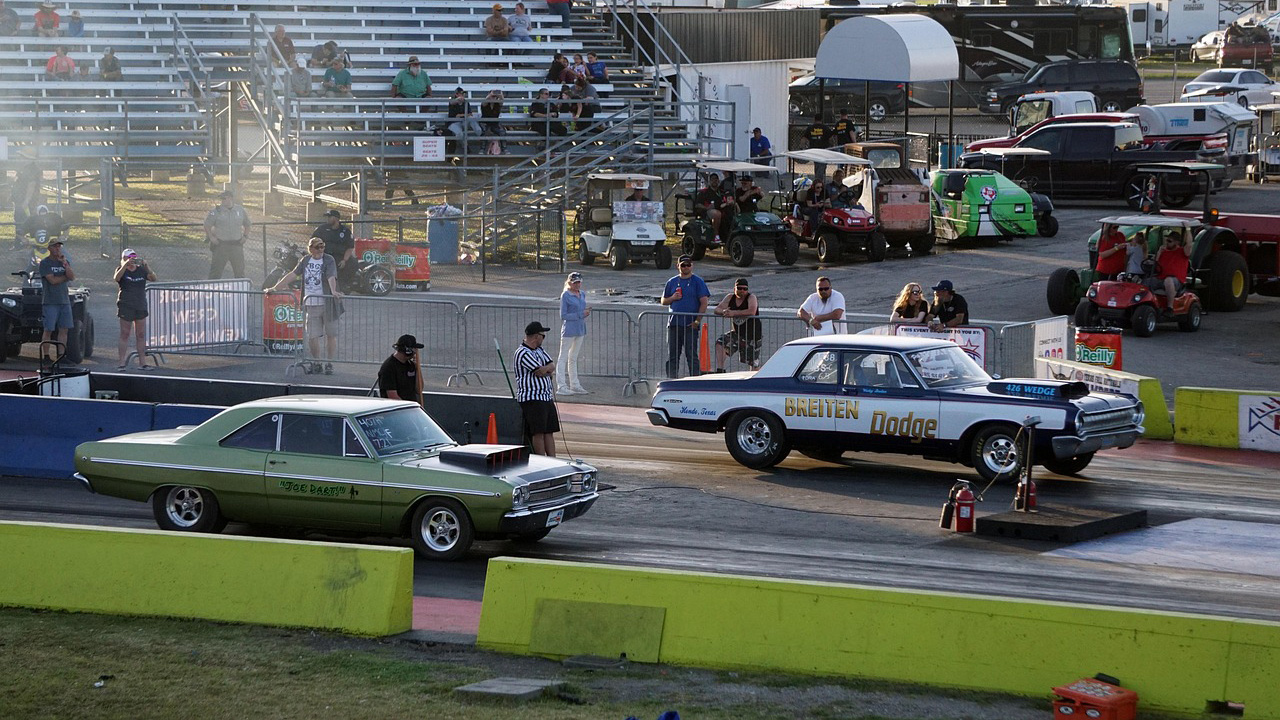
Leave a Reply